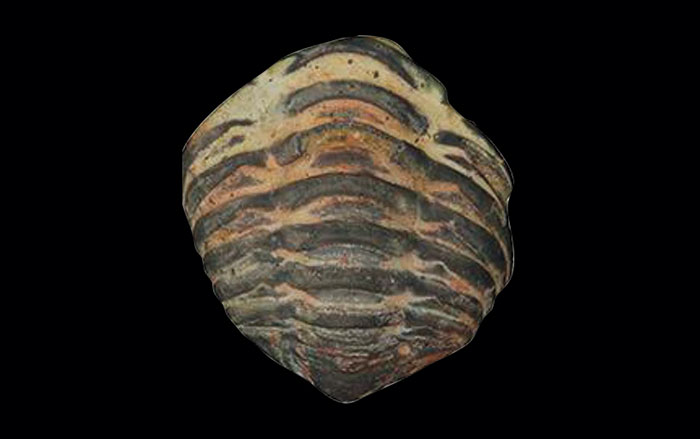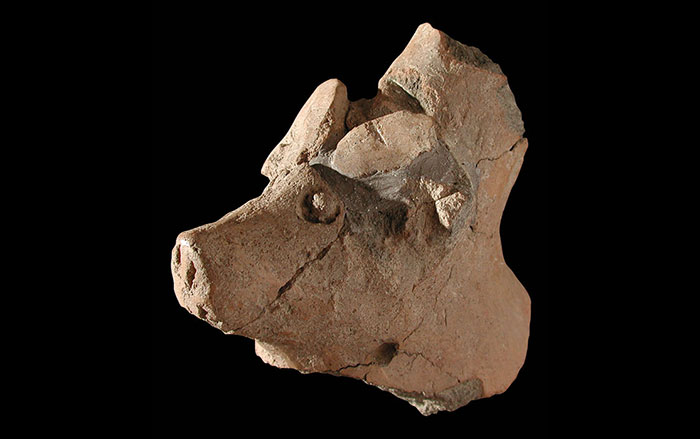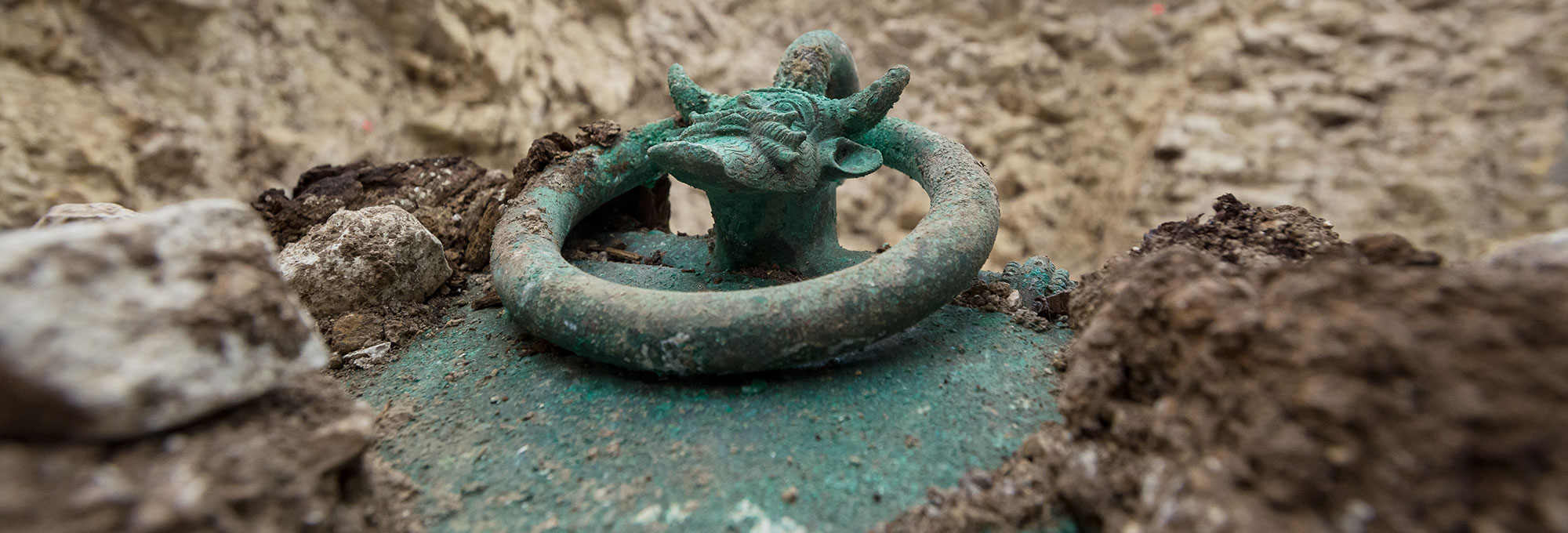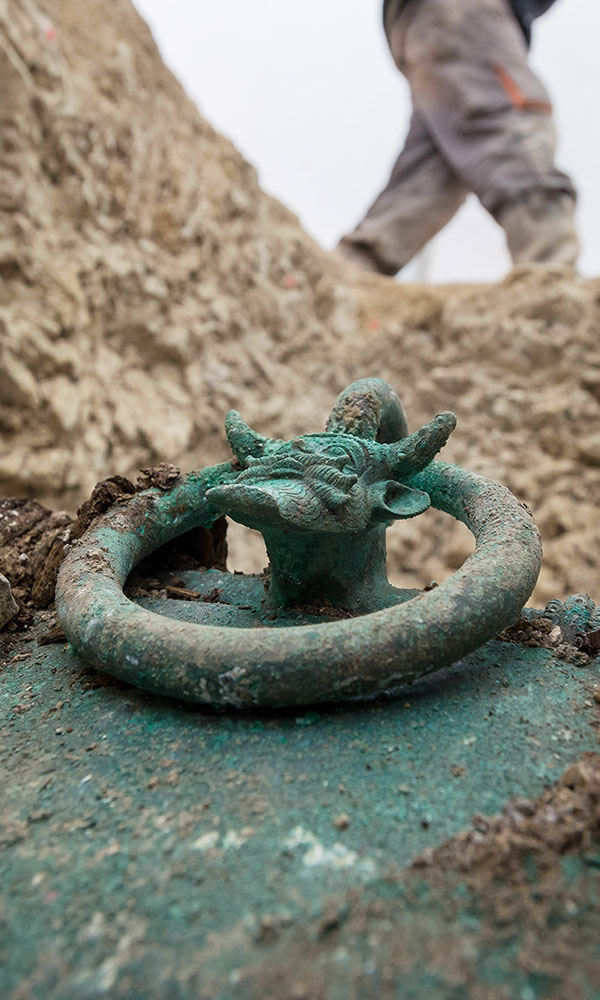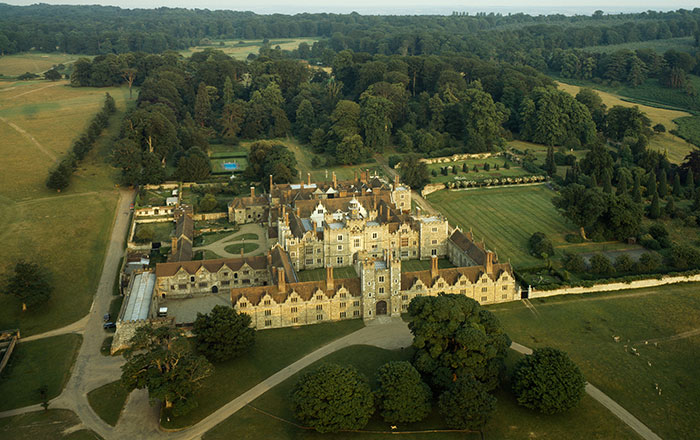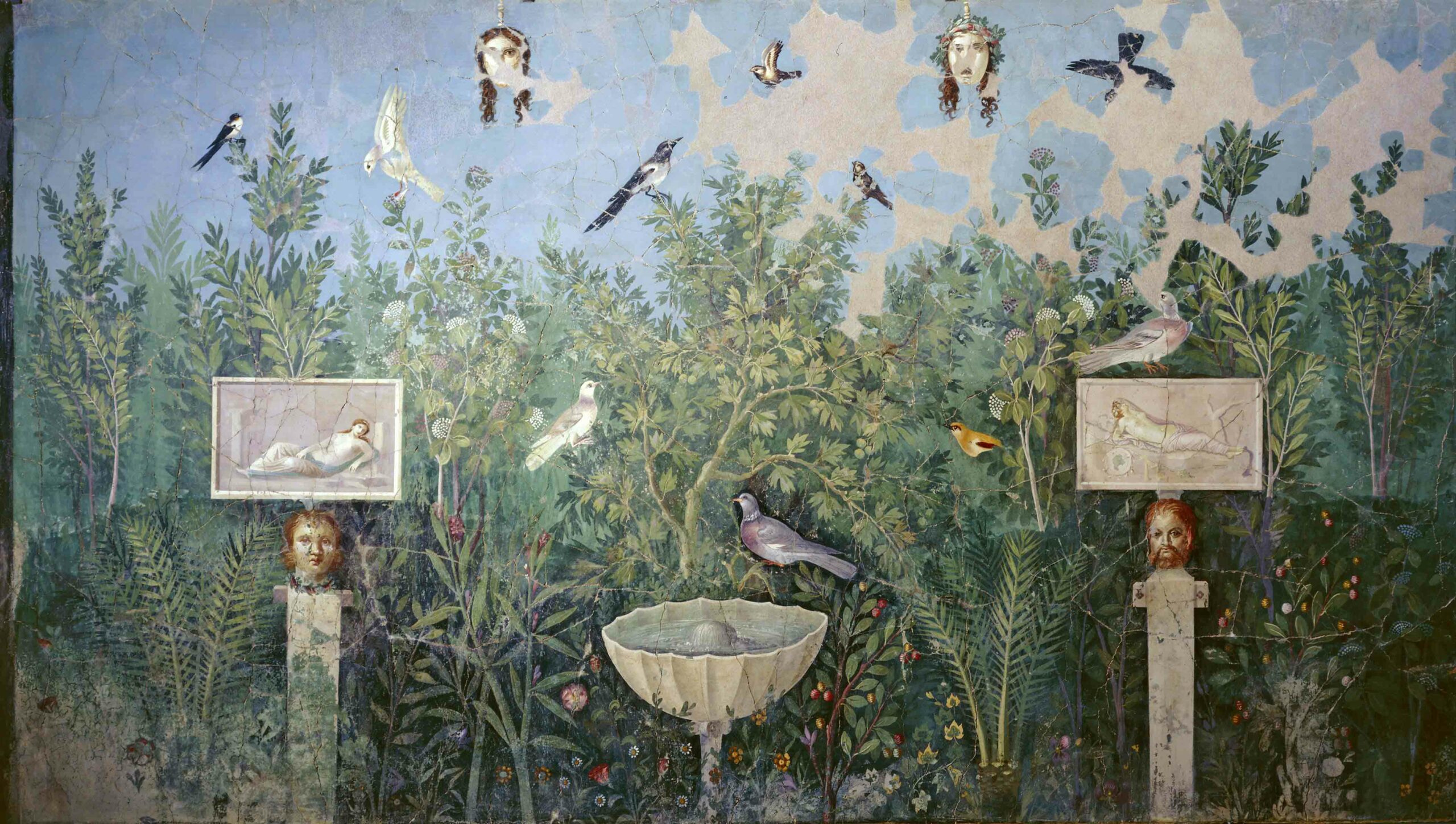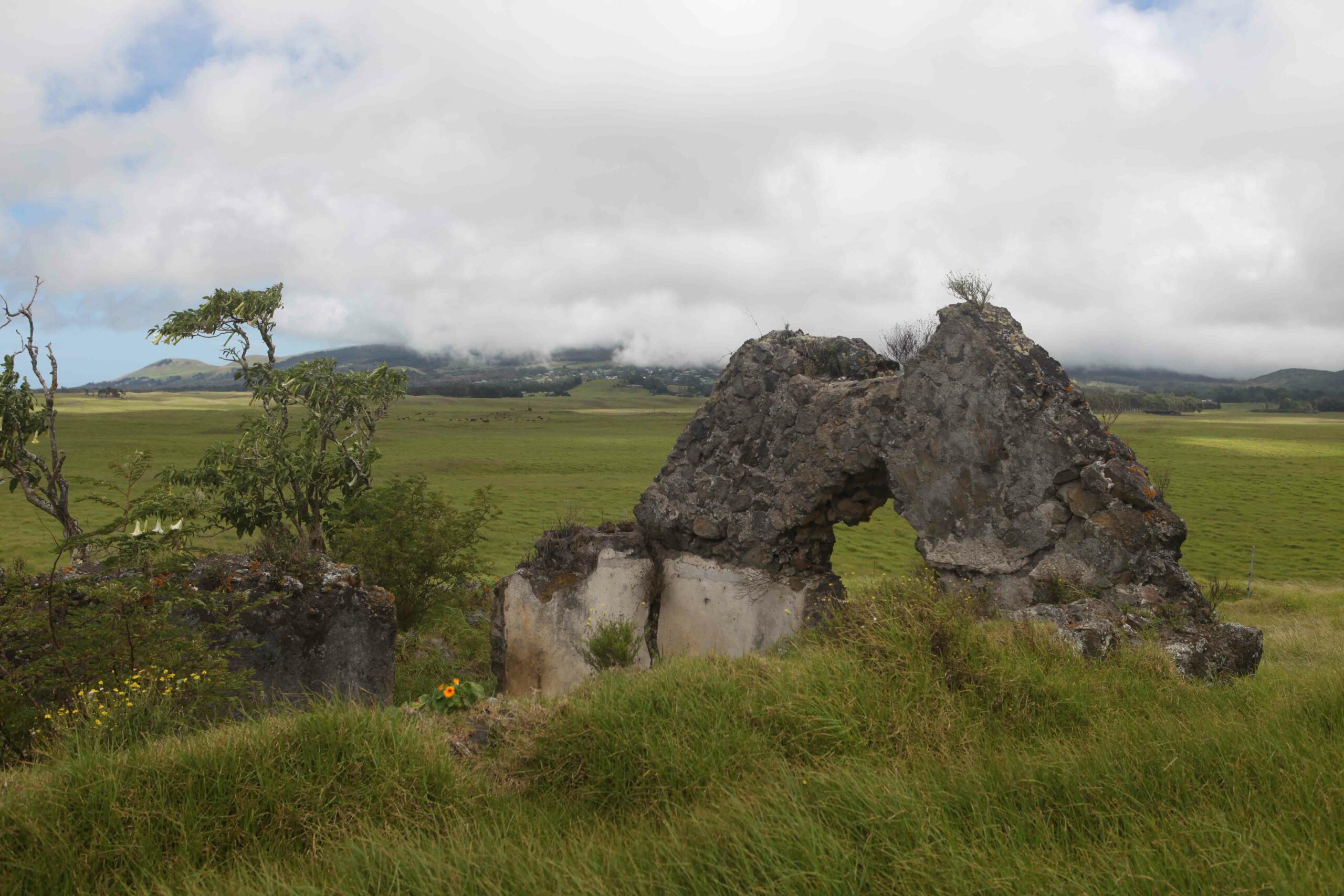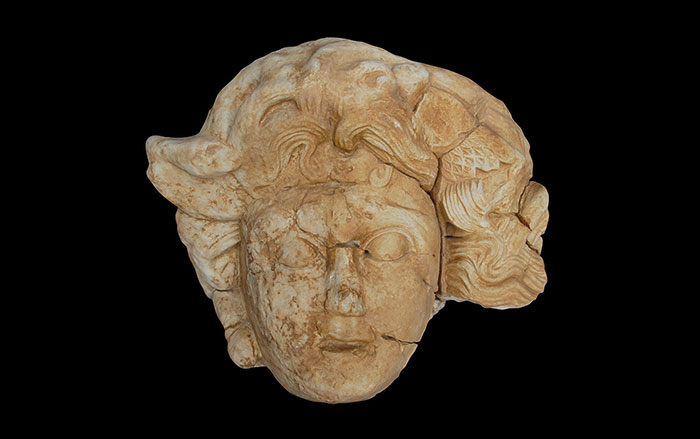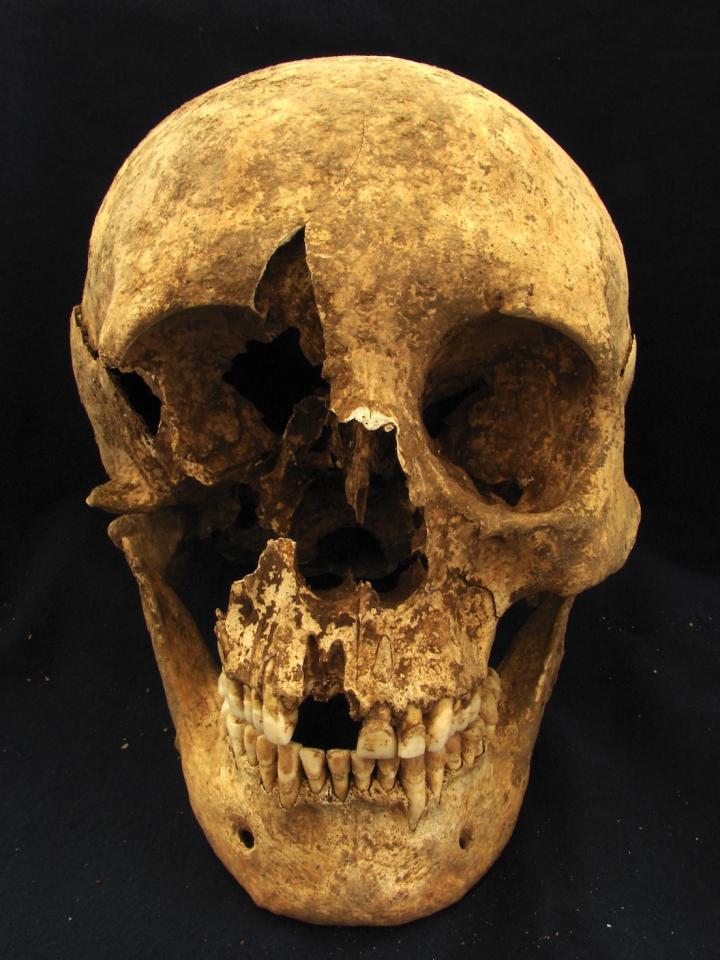
PENSACOLA, FLORIDA—According to a press release, Kristina Killgrove of the University of West Florida and Janet Montgomery of Durham University analyzed isotope ratios in the teeth of 105 skeletons in an effort to determine what these individuals ate over the course of their lifetimes and where they had been born. The skeletons came from two Roman cemeteries dating to the first through third centuries A.D., and their burials suggest that they may have been poor or enslaved. The results of the study, published in PLOS ONE, indicate that as many as eight of these individuals, mostly men and children, may have come from North Africa and the Alps. They probably adapted to the local Roman diet of wheat, legumes, meat, and fish. Further isotope analysis and DNA studies could provide more information. For more, see "The Gladiator Diet."


